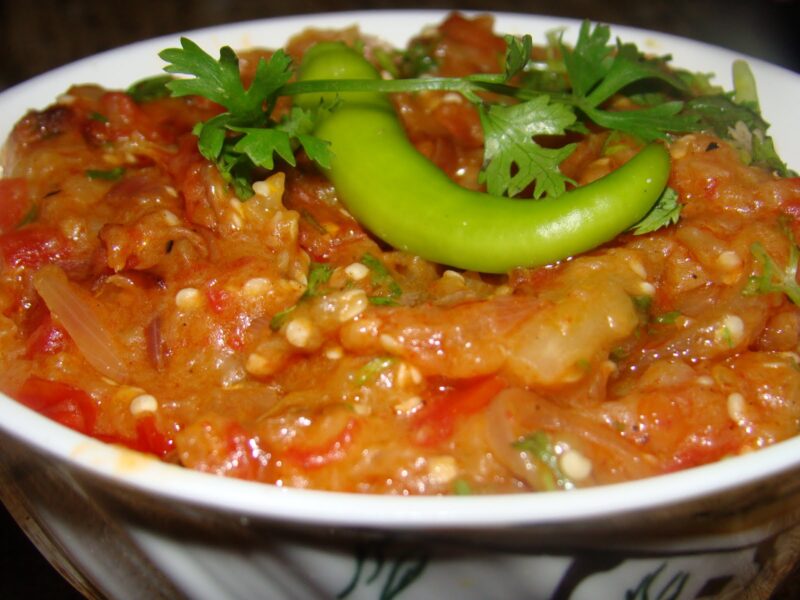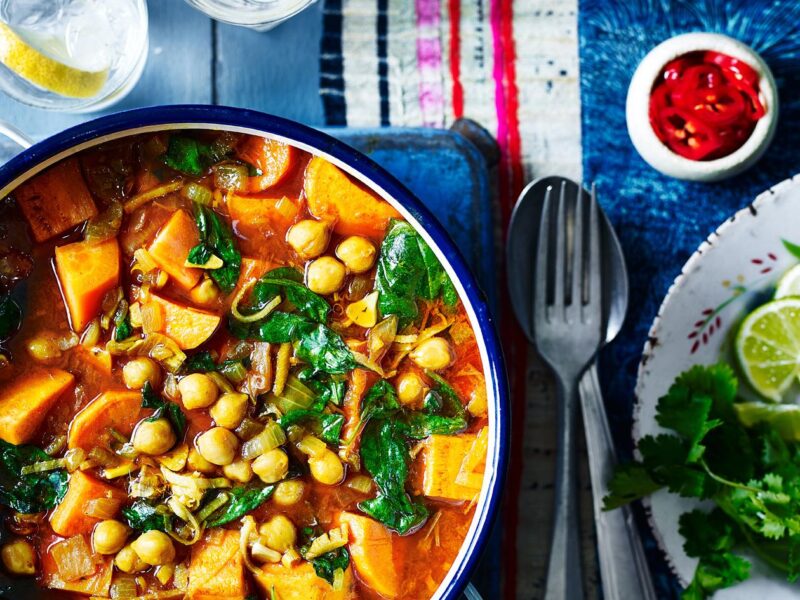Introduction: Bajra Roti Recipe
Bajra Roti Recipe: Bajra Roti is a traditional North Indian flatbread made with bajra flour, also known as pearl millet flour. It’s a staple in Rajasthani cuisine and is commonly served with dry curries or sabzi for lunch and dinner. This gluten-free roti is popular in regions with dry or hot climates as it’s believed to have cooling properties and provide essential nutrients.
Ingredients: Bajra Roti Recipe
- 2 cups bajra atta (pearl millet flour)
- ½ teaspoon salt
- Hot water, for kneading
- Wheat flour, for dusting
Instructions: Bajra Roti Recipe
Preparation:
- In a large mixing bowl, combine 2 cups of bajra atta and ½ teaspoon of salt. Mix well.
- Gradually add hot water and start kneading the dough.
- Knead the dough for at least 10 minutes until it becomes soft. Add more water if needed, as there is no gluten in the dough.
- Pinch a small ball-sized portion of the dough and knead it again.
Rolling the Rotis:
- Dust the dough ball with wheat flour and pat it gently with your hands. Alternatively, you can use a rolling pin to roll it out, similar to rolling parathas.
- Pat with both hands until the roti becomes as thin as possible. If the roti breaks, it needs more kneading.
Cooking the Rotis:
- Heat a tawa or griddle over medium heat and place the rolled out roti on it.
- Spread water over the roti with the help of your hand or a wet cloth to remove any excess flour.
- Allow the water to evaporate, then flip the roti to cook the other side.
- Press gently and cook all sides of the roti until golden brown spots appear.
Serving:
- Serve the Bajra Roti hot with jaggery or your favorite curry.
Tips: Bajra Roti Recipe
- This recipe provides two methods for rolling the rotis: with a rolling pin or by hand. Beginners may find it easier to use a rolling pin.
- Bajra rotis should be thicker compared to wheat-based rotis to prevent cracking and disintegration.
- You can add finely chopped veggies like onions or leafy greens such as coriander, mint, or dill leaves to the dough for added flavor.
Conclusion:
In conclusion, Bajra Roti Recipe is not only a nutritious and gluten-free option but also a versatile addition to any meal. With its distinctive flavor and texture, it’s a popular choice in North Indian cuisine, particularly in regions like Rajasthan. Whether served with dry curries, lentils, or simply with jaggery and ghee, bajra roti offers a satisfying and wholesome eating experience. Its ability to keep one full for longer durations makes it an ideal choice for breakfast, lunch, or dinner. So, embrace the health benefits and delicious taste of bajra roti as you incorporate it into your daily meals.
FAQs about Bajra Roti Recipe
Can I use any other flour instead of bajra atta for making these rotis?
Bajra rotis are traditionally made with bajra atta (pearl millet flour) for their unique flavor and texture. While you can experiment with other flours, substituting may alter the taste and texture of the rotis.
How do I prevent the bajra rotis from breaking while rolling or cooking?
To prevent bajra rotis from breaking, ensure that the dough is kneaded well and moist enough. Additionally, rolling them thicker than wheat-based rotis helps maintain their integrity during the cooking process.
Can I make the bajra roti dough in advance and store it for later use?
Yes, you can prepare the bajra roti dough in advance and store it in an airtight container in the refrigerator. This allows for quick and convenient roti-making whenever needed.
What are some suitable accompaniments for bajra roti?
Bajra rotis pair well with a variety of dishes such as dry vegetable curries, lentil preparations, yogurt, pickles, and chutneys. They can also be enjoyed with jaggery or ghee for a simple and wholesome meal.
Are bajra rotis suitable for individuals with gluten intolerance or celiac disease?
Yes, bajra rotis are gluten-free and hence suitable for individuals with gluten intolerance or celiac disease. They provide a nutritious alternative to wheat-based rotis while offering a distinctive taste and texture.



